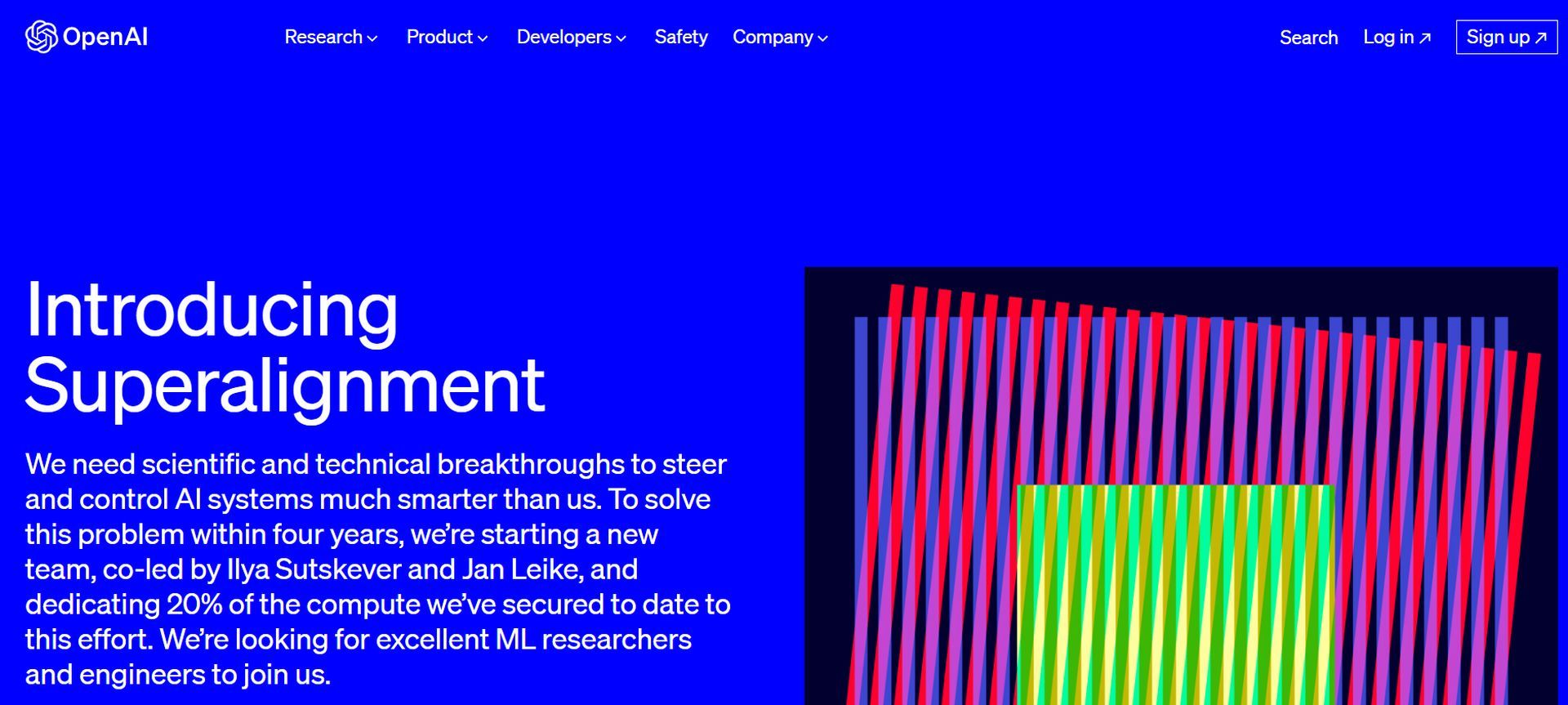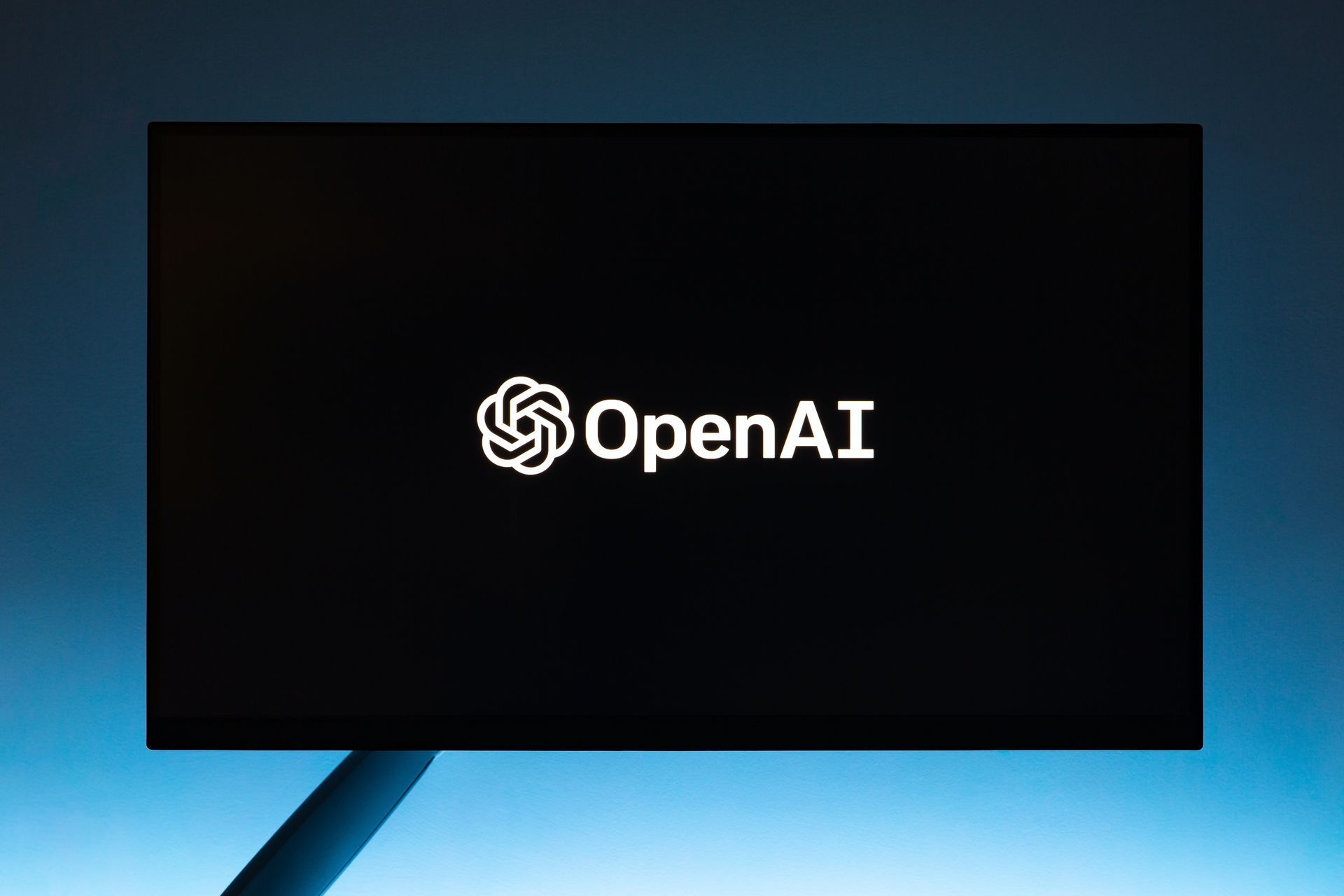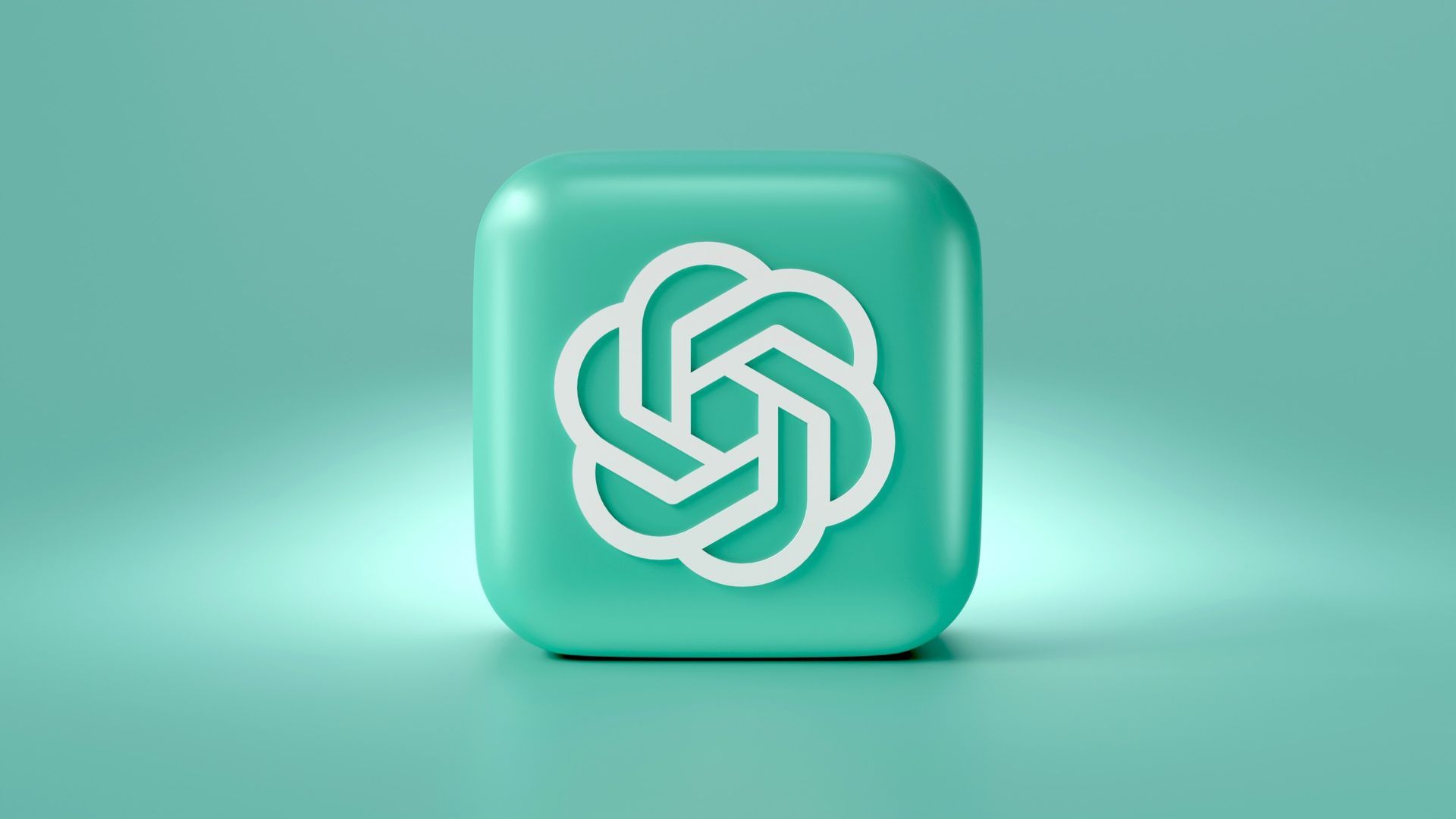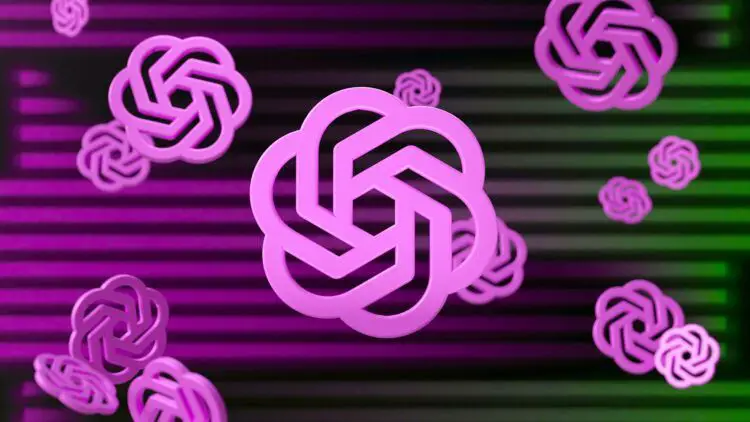- OpenAI and Microsoft join forces for OpenAI Superalignment Project. OpenAI has launched the superalignment program, a four-year project to prevent the risks associated with superintelligent AI systems from surpassing human capabilities.
- The program aims to ensure that AI systems align with human values and purposes, mitigating the potential dangers of an AI apocalypse.
- OpenAI is actively advocating for AI regulation and collaborating with industry leaders to proactively manage the unprecedented risks posed by superintelligence.
A significant effort has been made by OpenAI, which last year released cutting-edge generative AI technology that is revolutionizing the world, to prevent the possible extinction of mankind that might be caused by future advancements.
The business is behind the sentient-sounding ChatGPT chatbot and sophisticated machine language models like GPT-4. It has teamed with Microsoft to integrate AI into the latter’s products.
Executives predict that additional developments in AI might lead to “superintelligence,” a phrase used to describe skills that go beyond those of artificial general intelligence (AGI), or the capacity of AI to learn to execute any intellectual work that humans are capable of.

OpenAI Superalignment program aims to prevent rogue superintelligence
OpenAI unveiled its new OpenAI superalignment program. This four-year project will see the creation of a new team to ensure that AI systems that are much smarter than humans obey human purpose, preventing the AI apocalypse scenario that has been depicted in several movies and books.
Because all existing AI alignment methods depend on humans being able to supervise AI, which experts believe they can’t reliably do when dealing with AI systems that are much smarter than their supervisors, today’s post contends that no methods exist to steer or control a potentially superintelligent AI and prevent it from going rogue.
The major push announcement comes after a post from 2022 that described the business’ alignment research to aid people in reining in rogue technology. AGI, the topic of that post, has now been supplanted with superintelligence.
The Open AI superalignment push aims to create an automatic alignment researcher with nearly human-level capabilities, after which the corporation will be able to scale its subsequent efforts and iteratively align superintelligence using massive quantities of computation.
The business stated, “To align the first automated alignment researcher, we will need to 1) develop a scalable training method, 2) validate the resulting model, and 3) stress test our entire alignment pipeline,” elaborating on those worries as follows:
- We can use AI systems to aid the supervision of other AI systems to offer a training signal on activities that are challenging for humans to judge. Additionally, we want to comprehend and have some influence over how our models extend our oversight to jobs that we are unable to monitor.
- We automate the search for problematic behavior (robustness) and problematic internals (automated interpretability) to verify that our systems are in alignment.
- Last but not least, we can test the entire pipeline by purposefully training misaligned models and verifying that our methods accurately identify the worst possible misalignments.

In addition to allocating 20% of its computing resources over the next four years, the business said it is forming a team of elite machine learning researchers and engineers to address the issue of superintelligence alignment. Additionally, it is hiring additional personnel for the endeavor, including managers, scientists, and research engineers.
OpenAI advocates AI regulation with industry leaders
The corporation stated today that it is hopeful that the issue may be resolved despite the fact that it is a very ambitious aim and there is no guarantee of success. “In order to claim that the issue has been resolved, the machine learning and safety community has to be persuaded by data and reasoning.
If we don’t have a lot of faith in our answers, we hope that our results will help us and the community plan accordingly. We have a wide range of theories that have demonstrated promise in early trials, and we can utilize the models of the present to investigate many of these issues empirically.
On sites like Hacker News, where the huge push is presently being debated, the most popular remark is: “From a layman’s viewpoint when it comes to cutting-edge AI, I can’t help but be a bit put off by some of the copy. In order to make the hazards appear even greater and to imply that the technology under development is really cutting-edge, it seems to go out of its way to use exuberant language on purpose.” 
OpenAI Superalignment initiative: (Image credit)Unexpectedly, OpenAI, the corporation primarily responsible for the recent surge of existential threat warnings concerning AI, has been vocal in alerting the public to these risks and advocating for AI regulation with several other prominent industry leaders and groups.
Superintelligence will be more formidable than previous technologies mankind has faced in the past, according to OpenAI executives Sam Altman, Greg Brockman, and Ilya Sutskever, who declared this earlier this year. “We may have a future that is considerably more wealthy, but in order to get there, we must manage risk. We can’t merely respond when existential peril is a possibility.
A historical example of a technology having this quality is nuclear energy, whereas synthetic biology is another. We also need to reduce the threats posed by current AI technologies, but superintelligence will need particular consideration and cooperation.
Before you leave, you can read our article about Humata AI.
Featured image credit: openai





